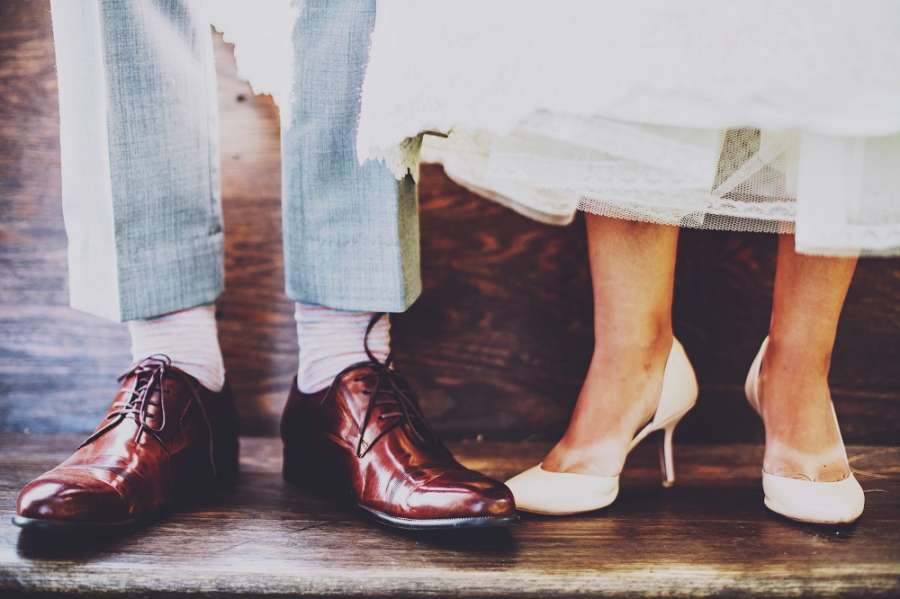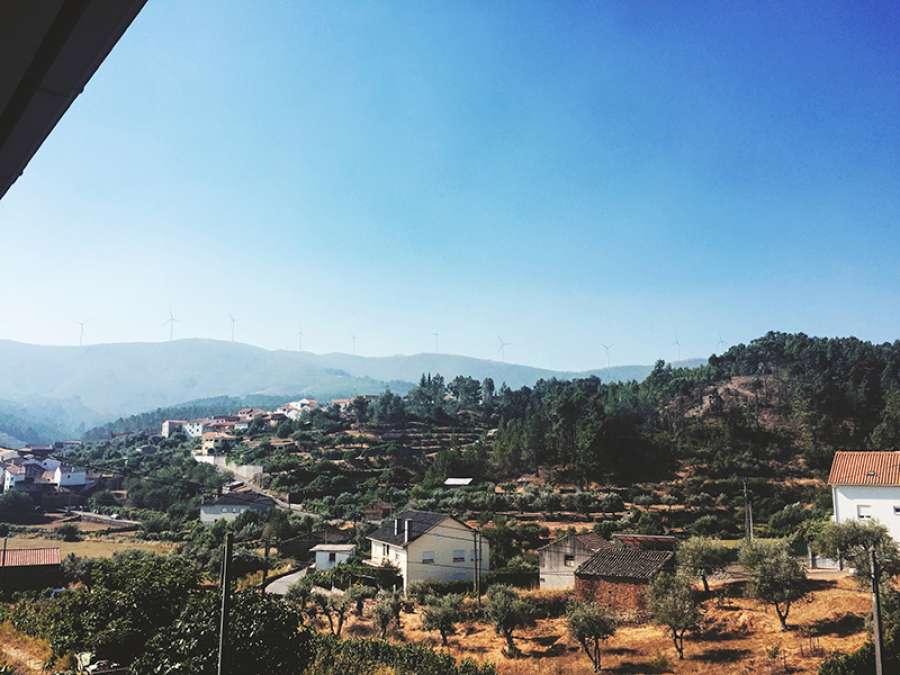Tricky Lithuanian Surnames Explained
Once upon a time there lived a family and each family member had a different surname. How come? Well, they might be from Lithuania. I have been explaining the formation of Lithuanian surnames so many times to my international friends and colleagues, wishing there would be an easy way to do so. Let me try once again here with examples of the most popular Lithuanian surnames.
Let‘s start slowly
Lithuanian surnames must be a trick to solve for most of internationals – the surnames differ not only according to your gender, but also your marital status.
Men’s surnames typically end in -us, -as, -is or -ys, as in Kazlauskas, Butkus, Tylenis, Rainys. A suffix –ienė indicates a marital status of a woman. Surnames of unmarried women ends in -ytė/-utė/-iūtė/-aitė.

Take it easy - let‘s have a look at an example
Let‘s imagine - Kazlauskaitė (a daughter of Kazlauskas) gets married with Tylenis. She takes his surname and becomes Tylenienė. A happy family of Tylenis and Tylenienė now expects twins - a girl and a boy. The boy will inherit the surname of the father – Tylenis, while the girl will have a maiden surname – Tylenytė. Accordingly, a daughter of Butkus would be Butkutė, a daughter of Rainys – Rainytė.
Is she married or not? It's complicated
Lithuanian surnames can give a hint about woman‘s marital status, however, not everything is so simple. Since 2003 Lithuanian women can choose to take husband‘s surname with a neutral suffix –ė which does not show the marital status directly. So if a woman gets married with Kazlauskas, instead of Kazlauskienė she now can become Kazlauskė.

However, do not get mistaken if you meet -ytė/-utė/-iūtė/-aitė who is a married woman. It is common to keep your maiden surname in case it is established in ones professional life.
In addition, a married women can have a double surname – keep her maiden surname and takes her husband’s surname, like Kazlauskaitė-Tylenienė.
Long story short, this is the basics of the formation of Lithuanian surnames. What's the story of your surname? Can it get more complicated than in Lithuania?


